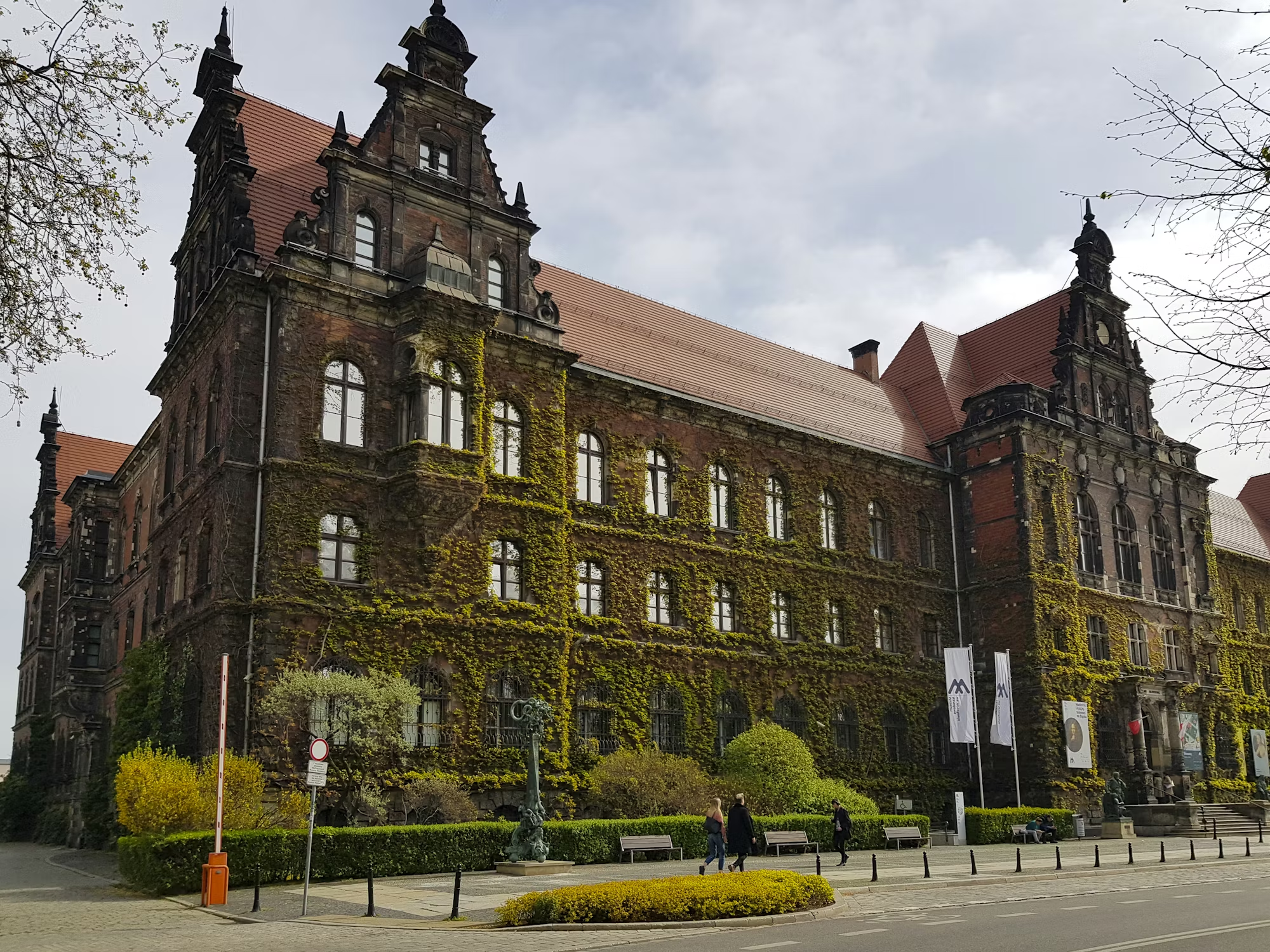Sustainable travel has emerged as a vital movement in the tourism industry, emphasizing the need to explore the world responsibly and ethically. As travelers become more aware of their impact on the environment and local communities, the focus has shifted towards eco-friendly practices that prioritize preservation over exploitation. This article delves into the principles of sustainable travel, highlighting eco-conscious destinations, practical tips for responsible tourism, and the importance of fostering a harmonious relationship with our planet.
One of the key aspects of sustainable travel is choosing eco-friendly destinations that prioritize conservation and sustainable practices. Countries like Costa Rica, known for its rich biodiversity and commitment to environmental protection, have become shining examples of how tourism can support conservation efforts. With over a quarter of its land protected as national parks and reserves, Costa Rica attracts eco-tourists eager to experience its lush rainforests, pristine beaches, and vibrant wildlife.
Visitors can engage in activities such as hiking through the Monteverde Cloud Forest, where they can observe unique flora and fauna, or exploring the stunning beaches of Manuel Antonio National Park. Many eco-lodges and tour operators in Costa Rica adhere to sustainable practices, ensuring that tourism contributes positively to local communities and the environment. By choosing to travel to such destinations, tourists can directly support conservation initiatives while enjoying the beauty of nature.
Another exemplary destination for sustainable travel is New Zealand, where the concept of ‘kaitiakitanga,’ or guardianship, is deeply ingrained in the culture. The country’s stunning landscapes, from the majestic fjords of Milford Sound to the geothermal wonders of Rotorua, attract millions of visitors each year. New Zealand has made significant strides in promoting sustainable tourism, with a focus on preserving its unique ecosystems and cultural heritage.
Travelers can experience eco-friendly adventures by participating in initiatives such as reforestation projects or guided tours that emphasize environmental education. Many accommodations in New Zealand are certified for their sustainable practices, offering options that minimize their carbon footprint and support local communities. By embracing these eco-friendly choices, travelers can explore the breathtaking beauty of New Zealand while making a positive impact.
In Europe, countries like Sweden and Norway are leading the way in sustainable tourism, offering travelers a chance to experience stunning natural landscapes while prioritizing environmental conservation. Sweden’s commitment to sustainability is evident in its extensive network of eco-friendly hotels and transportation options. Visitors can explore the breathtaking archipelago of Stockholm or hike through the pristine wilderness of Abisko National Park, all while utilizing sustainable practices.
Norway, renowned for its dramatic fjords and stunning landscapes, also emphasizes responsible tourism. The country has implemented measures to protect its natural beauty, including regulations on tourist activities in sensitive areas. Travelers can engage in eco-friendly adventures such as kayaking in the fjords or hiking the famous Trolltunga, all while respecting the environment and local communities. By choosing to travel in these countries, tourists can enjoy remarkable experiences while contributing to the preservation of their natural and cultural heritage.
Beyond destination choices, sustainable travel also involves making conscious decisions throughout the journey. One effective way to minimize environmental impact is by opting for eco-friendly transportation. Trains, buses, and bicycles are often more sustainable alternatives to flying or driving. For instance, Europe’s extensive rail network offers a convenient and eco-friendly way to explore multiple cities while reducing carbon emissions. Additionally, many cities are increasingly investing in cycling infrastructure, making it easier for travelers to navigate on two wheels.
Travelers can also make a difference by supporting local economies through responsible spending. Choosing locally-owned accommodations, restaurants, and shops ensures that tourism dollars stay within the community, benefiting local residents and preserving cultural traditions. Participating in community-led tours or workshops allows travelers to immerse themselves in the local culture while fostering meaningful connections with residents.
Furthermore, travelers should be mindful of their waste production during their journeys. Simple actions, such as carrying reusable water bottles, bags, and utensils, can significantly reduce single-use plastics that often contribute to pollution in popular destinations. Many cities now have refill stations, making it easier for travelers to stay hydrated while minimizing waste. Additionally, opting for digital tickets and itineraries can further reduce paper waste and promote a more sustainable travel experience.
An essential component of sustainable travel is the awareness of wildlife protection and the ethical treatment of animals. Tourists should refrain from participating in activities that exploit animals, such as elephant rides or photo ops with captive animals. Instead, eco-friendly tours that focus on observing animals in their natural habitats contribute to conservation efforts and promote respect for wildlife. Responsible wildlife tourism helps support conservation initiatives and educates travelers about the importance of protecting endangered species.
In recent years, the rise of volunteer tourism, or voluntourism, has gained popularity among travelers seeking meaningful experiences. This approach allows individuals to contribute to community development and environmental conservation while traveling. Many organizations offer opportunities for volunteers to work on projects related to education, wildlife conservation, or sustainable agriculture. While voluntourism can provide valuable experiences, it is crucial to choose reputable organizations that prioritize ethical practices and genuinely benefit local communities.
As we look to the future of travel, the concept of sustainable tourism will continue to evolve, influenced by changing consumer preferences and the urgent need for environmental conservation. The COVID-19 pandemic has prompted many travelers to reevaluate their priorities, with a growing emphasis on wellness and sustainability. As the world gradually reopens, there is an opportunity for the tourism industry to embrace a more sustainable model, focusing on preserving natural and cultural resources for generations to come.
In conclusion, sustainable travel is not merely a trend; it is an essential approach to exploring the world responsibly. By choosing eco-friendly destinations, making conscious travel decisions, and supporting local communities, travelers can enjoy enriching experiences while minimizing their environmental impact. The beauty of our planet is a treasure that deserves protection, and through sustainable practices, we can ensure that future generations have the opportunity to appreciate the wonders of our world. Embracing sustainable travel not only enhances our adventures but also fosters a deeper connection to the places we visit, allowing us to be stewards of the planet and champions of its incredible diversity.





